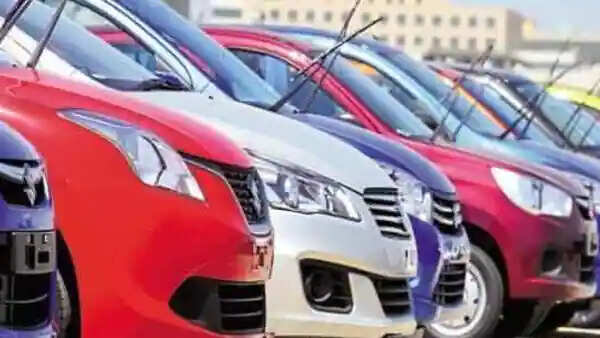
New Delhi: Despite some initial hiccups, the EV penetration in India is slowly but steadily increasing, especially in the e-scooter segment. Now, the four-wheeler manufacturers have also joined the bandwagon, pushing Indias aim to significantly cut the dependency on traditional fuels and internal combustion engine-driven vehicles by 2030.
By 2030, the government expects the EV sales penetration to be 30 per cent for private automobiles, 70 per cent for commercial vehicles, and 80 per cent for two and three-wheelers, which would not only reduce the country’s oil import bills in the longer term, but also ensure a cleaner environment.
The sales of electric vehicles (EVs) in the country witnessed a surge in the last two years. While 48,179 EVs were sold in 2020-21, the figures increased to 2,37,811 in 2021-22 and 4,42,901 in 2022-23 (till December 9, 2022).
Union Minister for Heavy Industries, Mahendra Nath Pandey, said in a written reply in the Lok Sabha last month that the ministry has implemented a scheme titled ‘Faster Adoption and Manufacturing of Electric Vehicles in India Phase II’ (FAME India Phase II) to promote adoption of electric/hybrid vehicles in the country.
At present, Phase-II of the FAME India scheme is being implemented for a period of five years from April 1, 2019 with a total budgetary support of Rs 10,000 crore.
According to auto industry experts, in terms of EV adoption at the moment, the three-wheeler segment is leading the market with a 4 per cent share, followed by two-wheelers (3.5 per cent) and passenger vehicles (1.3 per cent).
“In the passenger car segment, Tata Motors leads the market with more than 90 per cent share, followed by MG Motor (7.2 per cent) and Hyundai (1.8 per cent). In the electric two-wheeler segment, Ola leads the market followed by Okinawa and Hero Electric,” Soumen Mandal, senior research analyst, IoT, automotive and devices ecosystem at Counterpoint Research told IANS.
By 2025, the market share of electric passenger vehicles in India is expected to increase to more than 6 per cent.
Currently, the market is dominated by Tata Motors, MG Motor and Hyundai, but other companies like Mahindra, BYD, Maruti Suzuki and Volkswagen have also announced their roadmaps to introduce EVs.
“India’s EV market is expected to change with the entry of Maruti in 2025,” said Mandal.
Maruti is popular for its offerings in the budget segment (less than Rs 10 lakh).
“If Maruti launches its first EV priced below Rs 10 lakh, it can be a potential game-changer. Currently, Tata Tiago is the only EV model available for below Rs 10 lakh,” Mandal noted.
Auto manufacturers in India took the ‘Auto Expo 2023’ to showcase and tease their EVs and several models were unveiled, like Maruti Suzuki’s eVX electric concept car; Tata’s Harrier EV, Sierra EV and AVINYA EV; BYD’s Seal and Atto 3; Hyundai’s IONIQ 5, IONIQ 6 and MG Motor’s MG5 and Marvel R, among others.
A key reason for the rising demand for EVs is their low emission level, which is anticipated to spur market revenue growth during the forecast period.
Compared to other petrol or diesel-powered vehicles, EVs release fewer greenhouse gases and air pollutants.
For a market that already has over 13 lakh EVs including 2Ws, 3Ws, and 4Ws, and continues to grow, the coming years hold tremendous promise.
According to industry experts, private equity (PE) investment in India’s EV industry was likely to reach a billion dollars in 2022.
Sameer Aggarwal, Founder and CEO at EV fintech platform Revfin, said that “EV financing will be the most important enabler of EV adoption in the coming years”.
Also Read:
